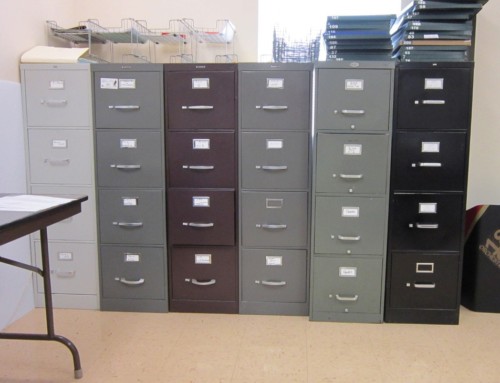
A grasshopper. Image credit nutrainigridients.com
ZIMSEC O Level Combined Science Notes: Plant pests and diseases
- In the wild there is a balance in nature.
- The are few pests and diseases that destroy plants.
- In crop plants there are more pests that cause and spread disease.
- This is because there will be more plants of the same type concentrated together.
- As a result pests can feed, multiply and spread easily from one plant to another.
- Agriculture is constantly under threat unless people are aware of pests, the diseases they cause and the measures of controlling them.
- A pest is any organism, plant or animal which is harmful to people and their activities.
- There are different types of pests.
- Some cause damage to crops by eating them, others are very small and they are only seen by the damage they cause.
- The damage caused by pests results in reduced plant productivity.
- The yields of fruits and seeds may be reduced by pests.
- Thus effective pest control is important.
| Tissue eating pests | Sap sucking pests | Bacterial wilt disease | Fungal rust disease |
|---|---|---|---|
| Type: Cutworms, grubs, locusts and grasshoppers, larvae and caterpillars,beetles, crickets, slugs, snails, millipedes. | Type: Red spider. Very small and often abundant | Type: the organisms are microscopic. | Type: the disease is caused by microscopic fungi which live in the stems and leaves of plants |
| Symptoms: holes, gaps, cut edges to plant organs. The damage is caused by pests eating plant roots, stems and leaves. Slugs, snails and millipedes eat roots and young shoots. | Symptoms: damage reflected by spots on leaves and stem, wilting and premature drop. Often young seedlings and lawns, ( tufts, brown patches, death) | Symptoms: damage caused includes: browning of shots and a slimy oozing when the stem is cut. Plans affected include: tomato, potato, sunflower and tobacco. | Symptoms: evidence is the appearance of different sized pustules on the surface ( orange or yellow). Crops affected many cereal crops like maize, sunflower and beans. |
| Control: Carbaryl/8 SS. Snail bait | Control: Lime sulphur in water or Kelthane HF or Dimethoate 40 EC. | Control:little, apart from improving drainage, using good seed and rotating crops | Control: Dithane M45 or using resistant variables. Isolation of infected plants and crop rotation |
Credit: Focus on Science Book 3
To access more topics go to the Combined Science Notes page.







